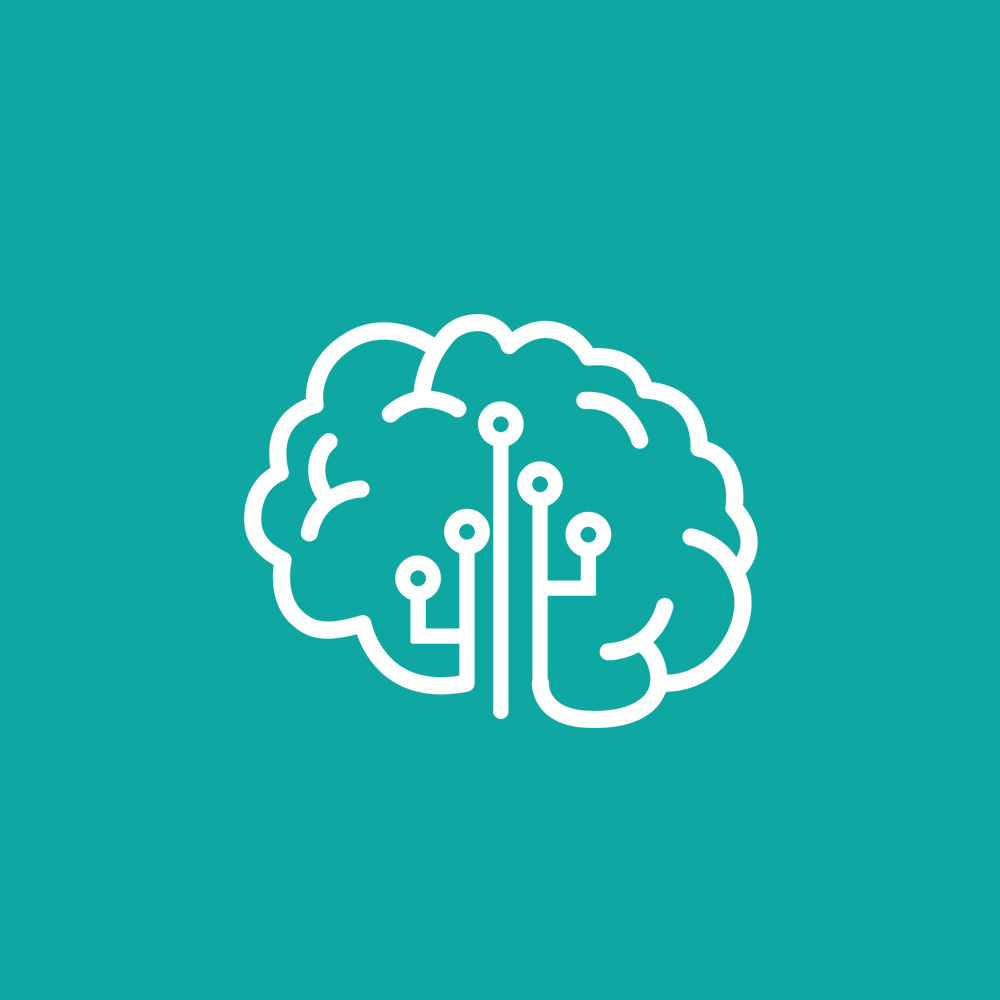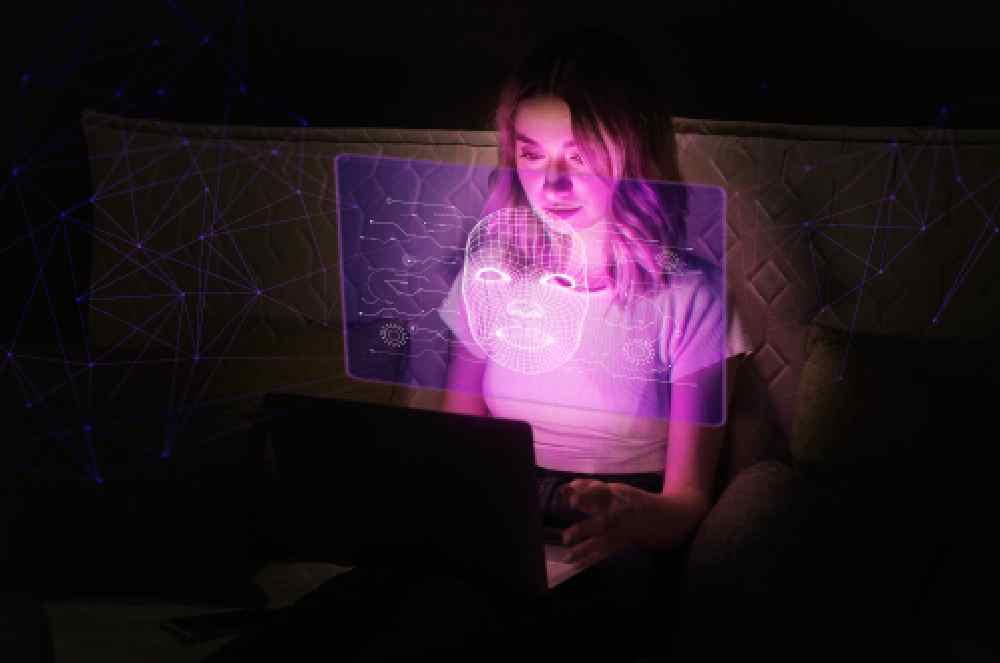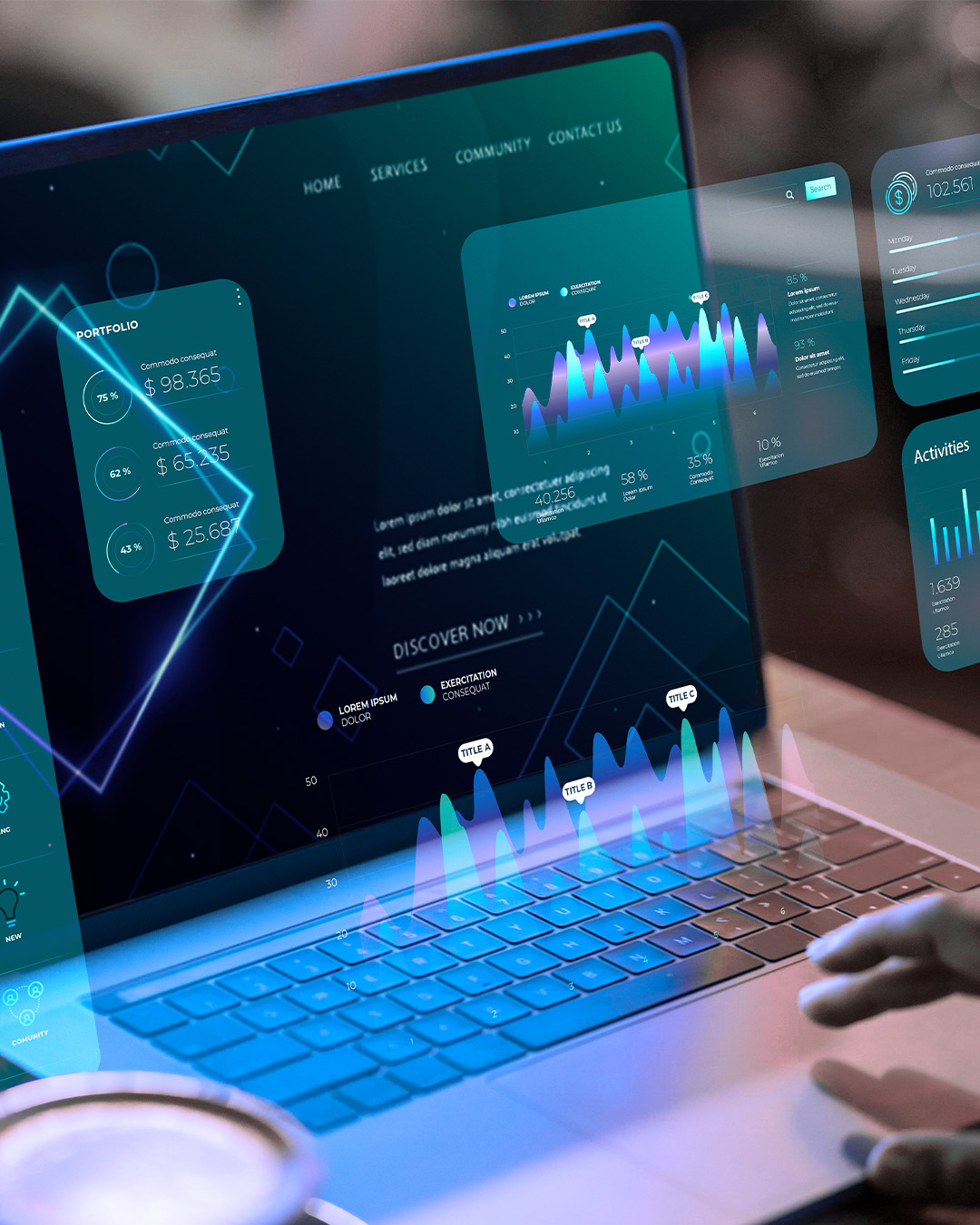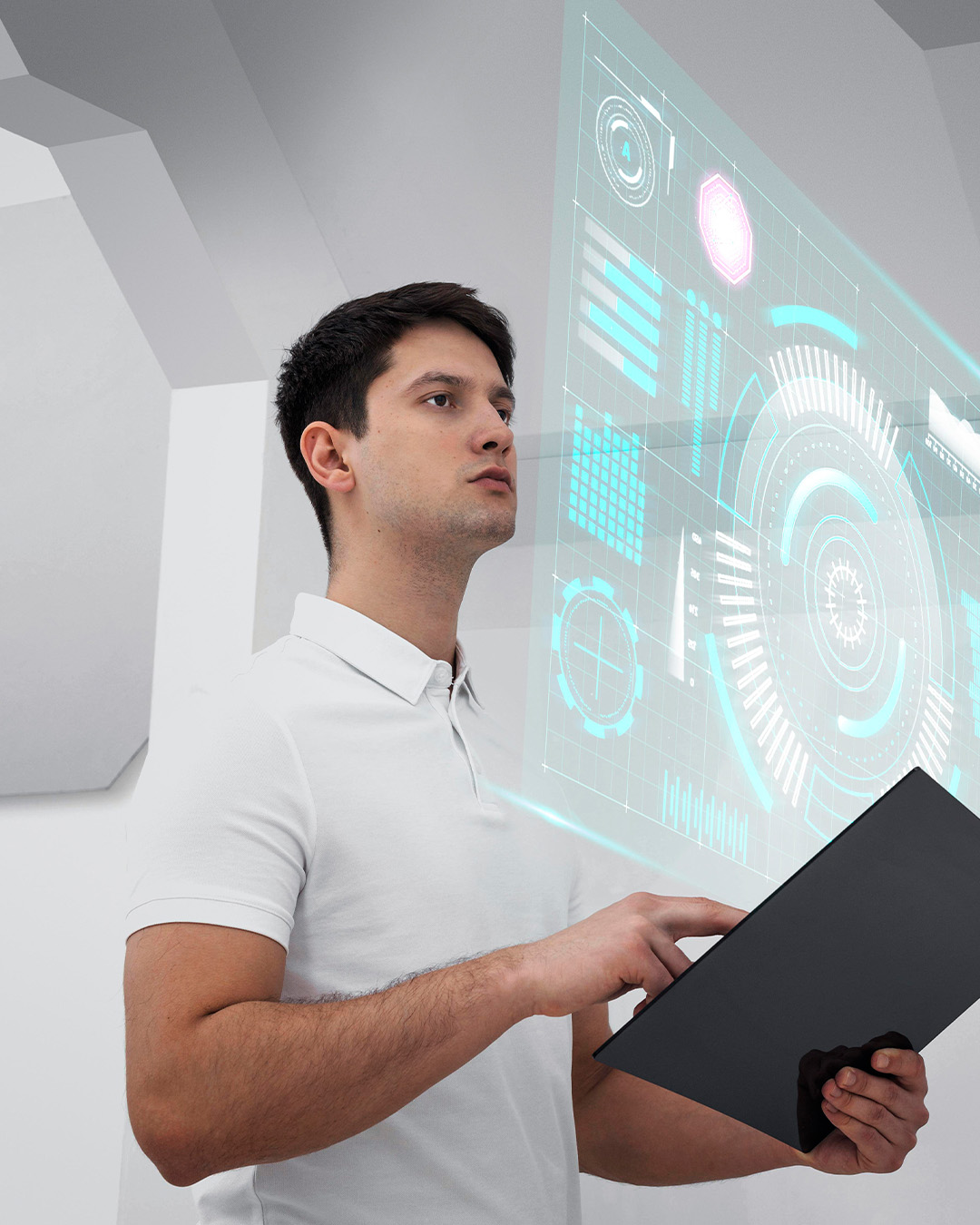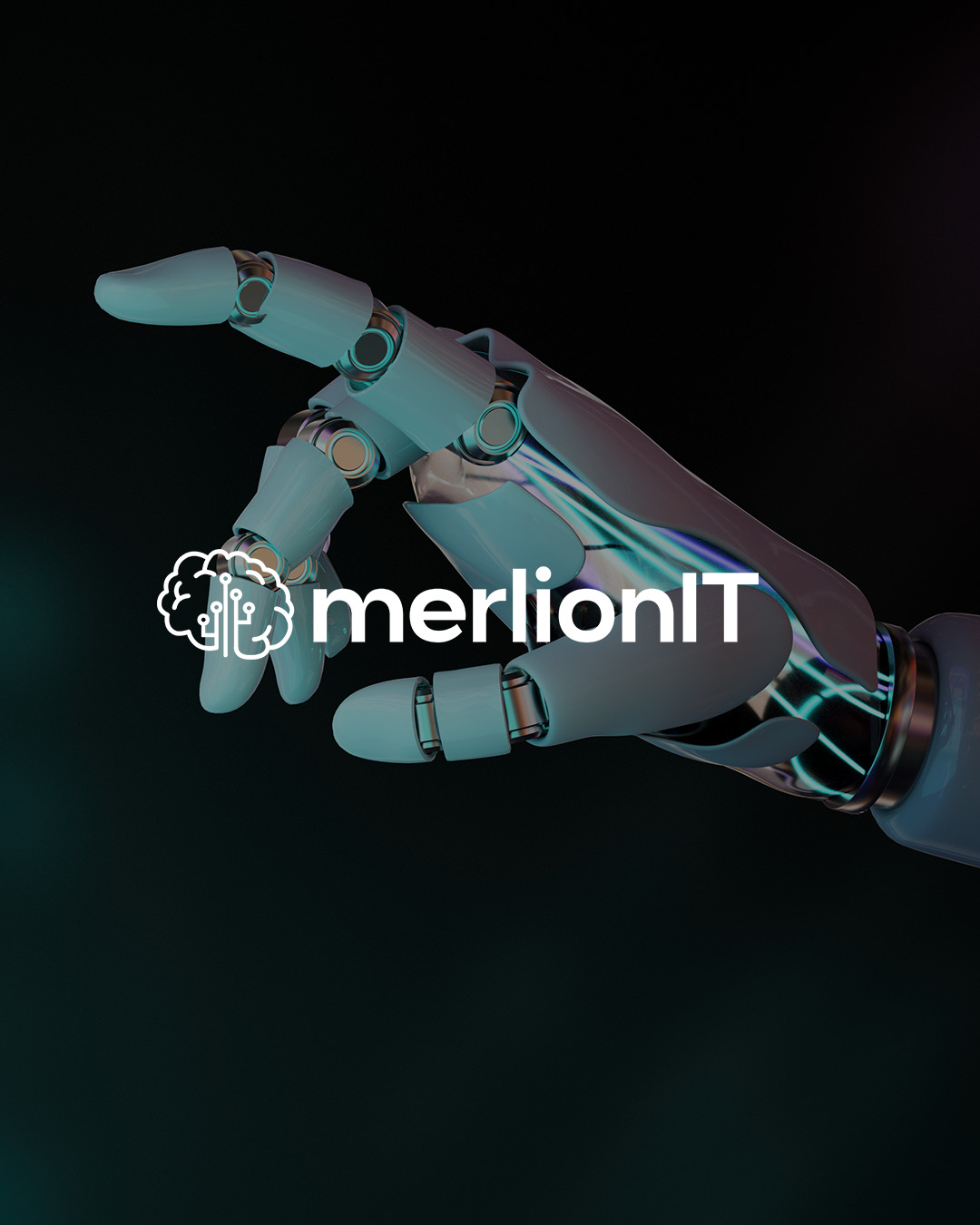The importance of using technology and augmented reality for projects.
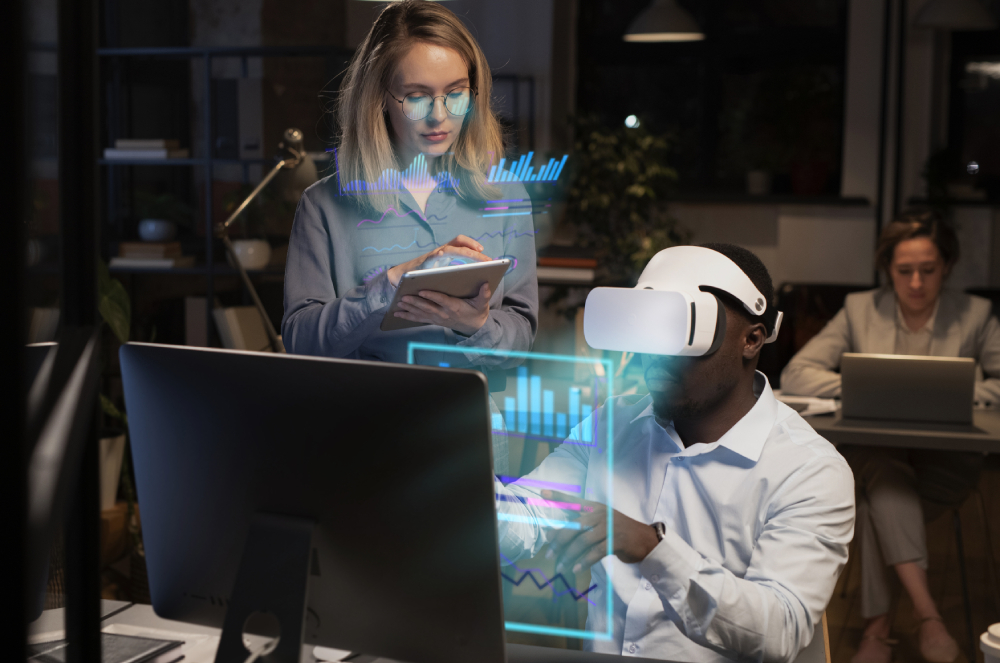
Although millennia-old, the construction industry advances technologically every second, whether through construction methods, materials, or even in the ways projects are represented.
Technologies such as BIM (Building Information Modeling), 3D modeling, point cloud surveys, and photogrammetry provide increasing access to information about elements and their spatial representation, whether transferring from the digital to the physical plane or vice versa.
What is augmented reality?
Augmented reality is a technology that integrates the physical environment with digital elements in such a way that users can interact with both simultaneously.
Although the term was coined in the mid-1990s, the technology has gained momentum in recent years thanks to easy access via smartphones.
Basic applications, such as in the game Pokémon GO, have become widely popular. In the game, Pokémon characters appear through the smartphone screen as if they were in the player's physical space. Wherever the camera is pointed, the Pokémon appear.
Despite its accessibility in games, augmented reality has a broad range of applications in fields such as medicine, education, industrialization, sports, space exploration, and construction.
Application in Construction and Projects
When discussing augmented reality technology applied to construction and projects, there are two possible approaches: a digitally developed model applied to a physical environment through an interface, or the capture of spatial and volumetric data of elements using specialized equipment that transmits this information to a virtual environment.
The very creation of this concept stems from the need for better project interpretation.
Digital Models in the Physical Plane
When designing projects with BIM software, each element carries information beyond its 3D shape. Data such as diameter, length, weight, pressure, or any other relevant construction information can be incorporated into the digital model.
By applying technology to these digital elements, a smartphone, tablet, or augmented reality glasses can integrate them into a physical environment.
For example, in a construction site or an office floor, using these devices can generate a geometric representation—either to scale or adjusted as needed.
Source: G1
Follow us on social media to learn more!





